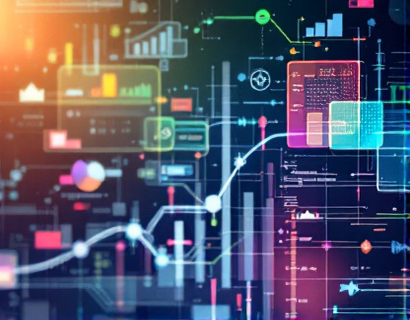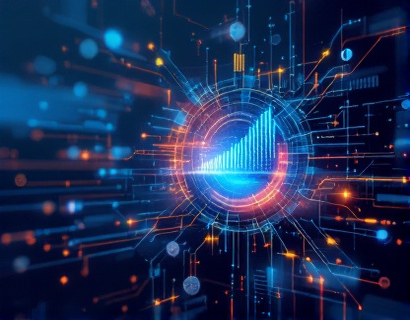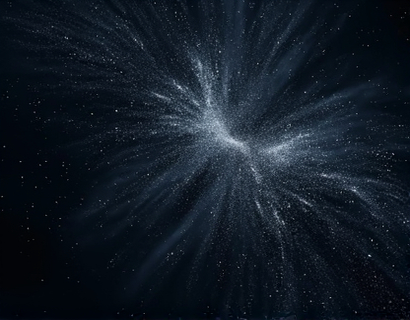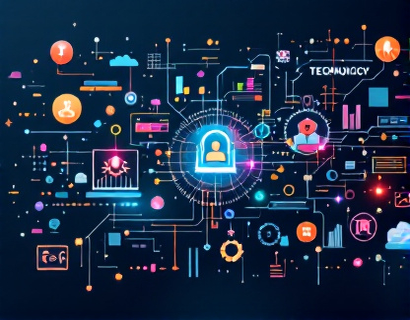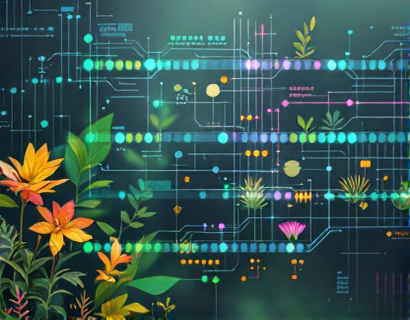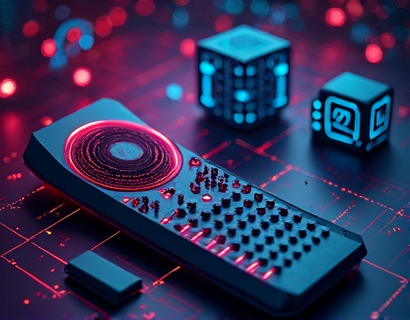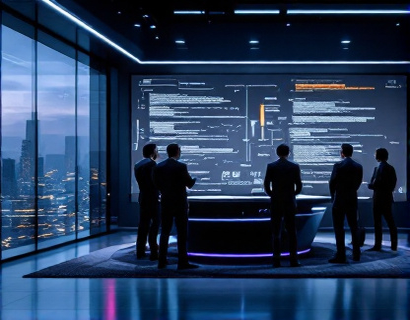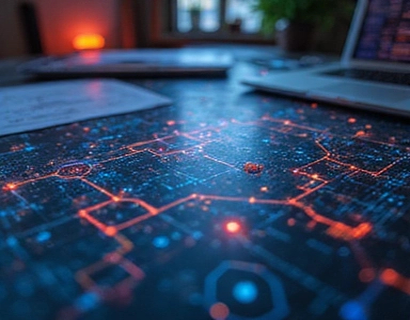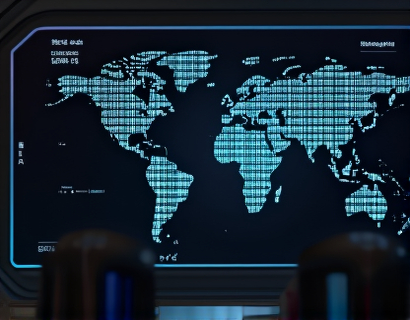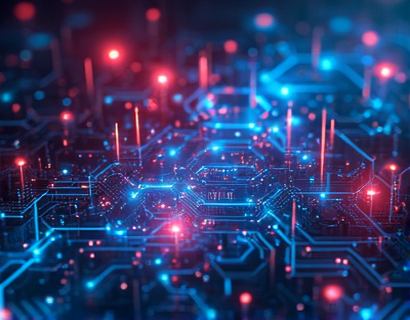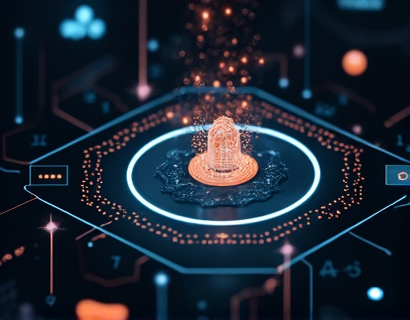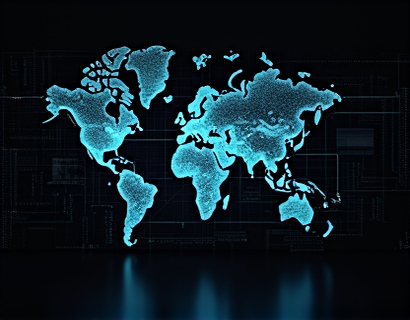AI-Powered Personalized Learning: Transforming Astronomy Education
In recent years, the integration of artificial intelligence in education has opened new avenues for personalized and interactive learning experiences. Astronomy, a field rich with complex and fascinating concepts, stands to benefit immensely from this technological advancement. This article explores how AI-powered personalized learning is revolutionizing astronomy education, offering tailored guidance, engaging resources, and expert insights to make the cosmos accessible and exciting for learners of all levels.
Personalized Learning Paths
Traditional astronomy education often follows a one-size-fits-all approach, which can leave many students struggling to keep up or feeling unchallenged. AI technology enables the creation of personalized learning paths that adapt to each student's knowledge level, learning pace, and interests. By analyzing a learner's performance and preferences, the system can recommend specific topics, resources, and exercises to fill knowledge gaps and deepen understanding.
For instance, a beginner might start with foundational concepts such as the solar system and basic physics principles, while an advanced learner could dive into topics like dark matter, exoplanet atmospheres, or the latest discoveries in cosmology. This tailored approach ensures that every learner receives the right amount of challenge and support, fostering a more engaging and effective learning experience.
Interactive Exploration Tools
One of the most exciting aspects of AI-powered astronomy education is the use of interactive exploration tools. These tools allow learners to engage with the subject matter in a hands-on manner, enhancing comprehension and retention. Virtual reality (VR) and augmented reality (AR) technologies, powered by AI, enable students to explore the night sky, visit virtual planets, and even participate in simulated space missions.
These interactive experiences not only make learning more enjoyable but also help in visualizing abstract concepts. For example, students can use AI-driven simulations to observe the orbits of planets, the expansion of the universe, or the life cycle of stars. Such immersive experiences can spark curiosity and inspire a deeper interest in astronomy.
Expert Insights and Community Engagement
AI-powered platforms can connect learners with a community of astronomy enthusiasts and experts, providing access to a wealth of knowledge and perspectives. Through forums, live Q&A sessions, and collaborative projects, students can engage with professionals and peers, gaining insights that go beyond the classroom.
These interactions can include discussions on recent discoveries, participation in citizen science projects, and mentorship opportunities. AI can facilitate these connections by matching learners with experts based on their interests and learning goals, ensuring meaningful and relevant interactions. This community aspect not only enhances the learning experience but also builds a supportive network of like-minded individuals.
Adaptive Assessment and Feedback
Traditional assessments in astronomy education often rely on multiple-choice questions and written exams, which may not fully capture a student's understanding or progress. AI-powered adaptive assessment tools can provide a more comprehensive evaluation by adjusting the difficulty and type of questions based on the learner's performance.
These tools can offer immediate feedback, highlighting areas of strength and weakness, and suggesting additional resources for improvement. Adaptive assessments not only help in identifying knowledge gaps but also motivate learners by recognizing their achievements and progress. This continuous feedback loop is crucial for effective learning and skill development.
Accessibility and Inclusivity
AI-powered personalized learning in astronomy education promotes accessibility and inclusivity. For students with disabilities or those in regions with limited educational resources, these technologies can provide equal opportunities to explore and learn about the universe. AI-driven tools can offer content in multiple languages, adjust text sizes and reading speeds, and provide alternative formats such as audio descriptions and sign language interpretations.
By breaking down barriers to access, AI ensures that the wonders of astronomy are available to a diverse audience, fostering a more inclusive and global community of learners.
Continuous Learning and Updates
The field of astronomy is constantly evolving, with new discoveries and advancements being made regularly. AI-powered educational platforms can keep pace with these developments by continuously updating their content and resources. Machine learning algorithms can analyze the latest research papers, news, and data, ensuring that learners have access to the most current information.
This dynamic content ensures that students are not only learning about the astronomy of today but also preparing for the discoveries of tomorrow. AI can also help in identifying emerging trends and areas of interest, guiding learners towards cutting-edge topics and research opportunities.
Enhancing Teacher Support
AI is not just for learners; it also provides valuable support to educators. Teachers can leverage AI tools to create customized lesson plans, track student progress, and identify areas where additional instruction may be needed. AI can assist in grading assignments, providing instant feedback, and suggesting personalized interventions.
Moreover, AI can help teachers stay updated on the latest teaching methods and technological tools, enhancing their own professional development. By integrating AI into the educational ecosystem, teachers can focus more on fostering creativity and critical thinking, rather than on administrative tasks.
Case Studies and Success Stories
Several institutions and platforms have successfully implemented AI-powered personalized learning in astronomy education, yielding impressive results. For example, a university astronomy program integrated AI-driven simulations and virtual labs, leading to a significant improvement in student engagement and performance. Students reported a deeper understanding of complex concepts and a greater enthusiasm for the subject.
Another high school implemented an AI-powered astronomy curriculum, which included interactive star maps and personalized learning plans. The result was a notable increase in student participation in science fairs and astronomy clubs, as well as higher scores in standardized science tests.
Challenges and Future Directions
While AI-powered personalized learning in astronomy education offers numerous benefits, there are also challenges to consider. One major challenge is ensuring the accuracy and reliability of AI-generated content, especially when dealing with complex scientific concepts. Continuous validation and peer review are essential to maintain the quality of educational resources.
Another challenge is the digital divide, where not all students have equal access to the necessary technology and internet connectivity. Efforts to bridge this gap, such as providing low-cost devices and improving internet infrastructure, are crucial for widespread adoption.
Looking ahead, the integration of AI in astronomy education is likely to become even more sophisticated. Advances in natural language processing, machine learning, and data analytics will enable more intuitive and responsive learning experiences. The potential for AI to facilitate personalized research projects and collaborative scientific endeavors is vast, promising a future where every learner can contribute to the advancement of astronomical knowledge.
In conclusion, AI-powered personalized learning is transforming astronomy education by providing tailored guidance, interactive exploration, and expert insights. This innovative approach makes the universe more accessible and exciting, fostering a deeper understanding and passion for the stars among learners of all ages. As technology continues to evolve, the future of astronomy education looks brighter than ever.





